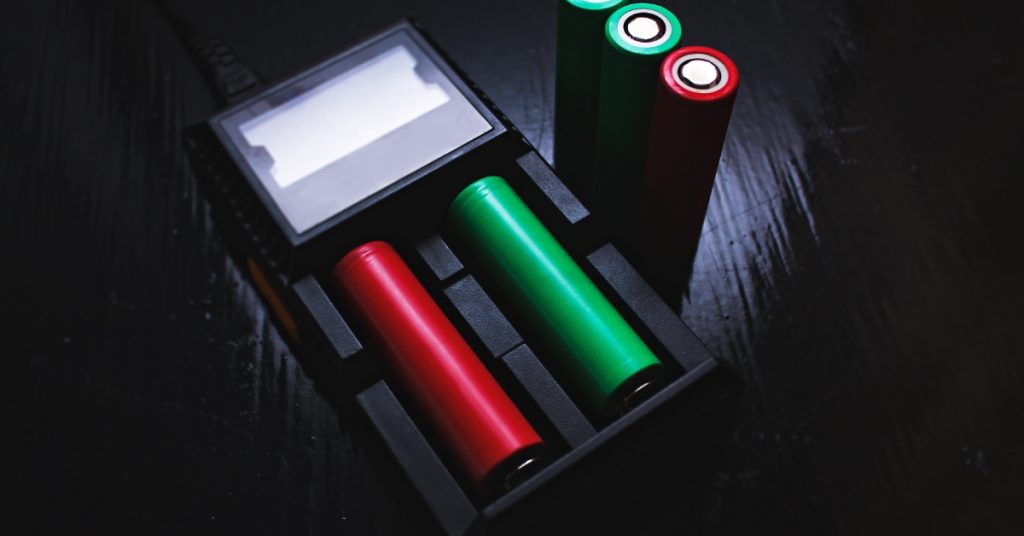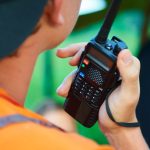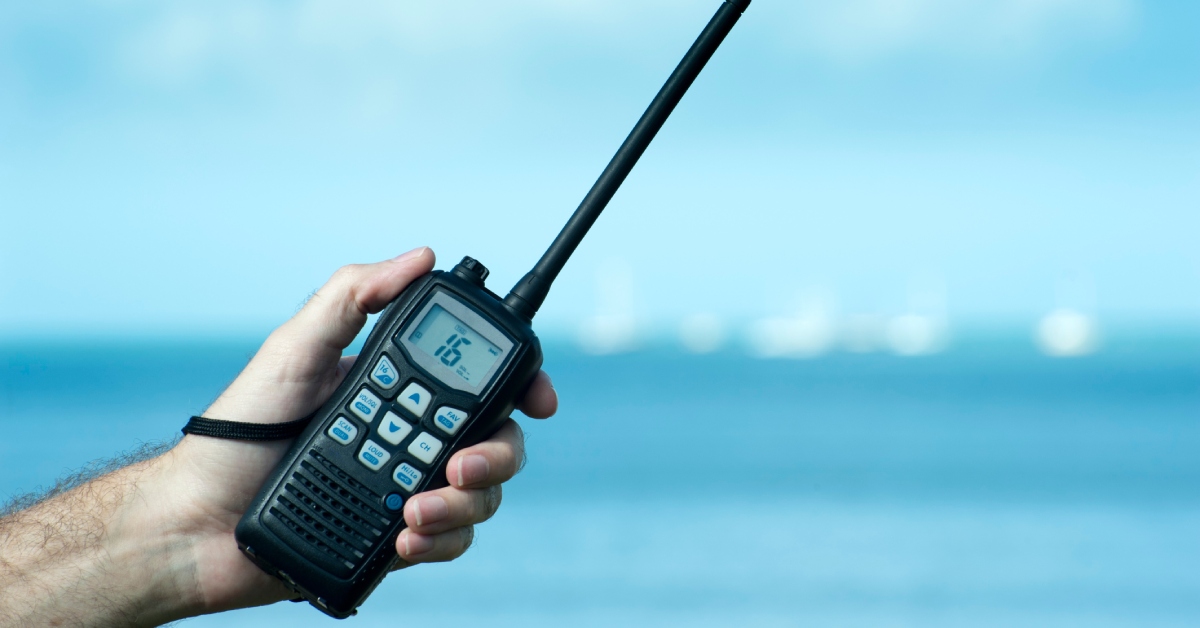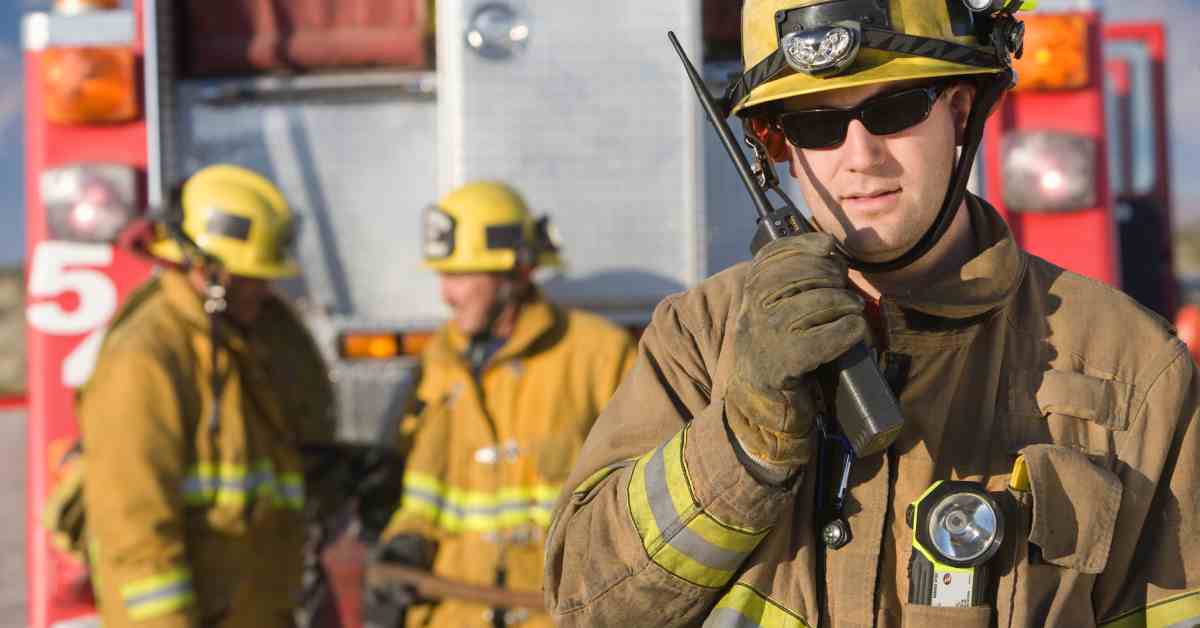Industries such as security, construction, and event management rely on communication tools like two-way radios. The last thing you want is a dead battery at a critical moment of conversation.
Regular checkups will ensure that two-way radio batteries don’t let you down in high-stakes situations. Let’s walk through how to perform a battery health check on your two-way radio and share tips on extending the battery’s life span.
The Importance of Battery Health for Two-Way Radios
Crews using two-way radios want to prevent worst-case scenarios at all costs. You might be on a construction site coordinating a team or managing a crowd at a large event when, suddenly, a two-way radio battery dies. Everyone scrambles for a solution!
Providing healthy batteries is a simple way to avoid this type of problem.
Regular checks ensure your communication device operates efficiently, reducing downtime and boosting productivity.

The Science Behind Battery Degradation
Batteries degrade over time due to charge cycles, temperature extremes, and age. When a battery weakens, its capacity to hold a charge diminishes and harms the performance of your two-way radio.
Understanding this degradation process is crucial for effective battery management. Monitoring and maintaining battery health mitigates performance issues and extends the battery’s useful life.
Required Tools and Equipment
To perform a comprehensive battery health check, you will need several tools and pieces of equipment. Here’s what you should have on hand:
- Multimeter: This tool measures the voltage of the battery and evaluates the electrical connections. Ensure it has a good range to accommodate different battery voltages.
- Battery load tester: A load tester allows you to simulate how the battery performs under actual usage conditions, so users can gain insights into its charge capacity and overall health.
- Charger: Having a compatible charger for your battery is necessary for performing charge tests.
- Protective gear: Wearing gloves and safety goggles is advisable to protect against any potential leakage or chemical exposure.
- Cleaning supplies: Soft cloths and electrical contact cleaners are useful for maintaining clean connections between the battery and the radio.
- Documentation: Keep a log of your battery test results to track their performances over time. This will also help you plan for future replacements.
Equipped with these tools, you can conduct thorough and effective battery health checks, ensuring your two-way radios function reliably.
The Benefits of Regular Battery Health Checks
Routine battery examinations result in fewer unexpected failures for constant communication that’s critical during emergencies. Healthy batteries also reduce the need for frequent replacements to save your crew money in the long run.

How To Perform a Comprehensive Battery Health Check
Performing a battery health check involves several steps, each crucial to ensuring your battery performs at its best. Here’s a detailed guide:
Physical Inspection
The first step in performing a comprehensive battery health check is conducting a thorough physical inspection of the battery and its compartment. Begin by visually examining the battery for any signs of damage, such as cracks, leaks, or swelling. These signs indicate deterioration and could compromise the battery’s functionality.
Next, ensure that the battery contacts are clean and free of corrosion. Dirt or oxidation can impede the electrical connection.
Alongside the battery, inspect the radio’s battery compartment for any debris or foreign objects that could interfere with the battery’s performance.
Finally, check that the battery is properly seated in the compartment. A loose fit can cause inconsistent performances or connectivity issues.
Voltage and Capacity Testing
After completing the physical inspection, the next step in your battery health check is conducting voltage and capacity testing. Start by using a multimeter to measure the battery’s voltage, giving you an indication of its charge level. For fully charged batteries, the voltage should match the manufacturer’s specified rating. Any significant deviation could indicate a potential issue.
Next, evaluate the battery’s capacity by performing a load test that assesses how well the battery can perform under a specific load. To execute this test, connect the battery to a load tester and apply a load equal to the specified discharge rate. If the voltage falls below the acceptable level too quickly, the battery’s capacity is diminished. This outcome warrants a replacement or further inspection.
Charge and Discharge Testing
Charge and discharge testing is a vital aspect of assessing the health and performance of your two-way radio batteries. You will allow the battery to fully charge, then let it discharge under controlled conditions to evaluate its efficiency and capacity.
Start by charging the battery to its full capacity, following the manufacturer’s guidelines. Once fully charged, disconnect it from the charger and use the two-way radio in a typical operational scenario. Monitor how long the battery maintains adequate performance before the signal degrades or the radio powers down, noting the duration against the expected runtime. If the battery discharges significantly faster than expected, it may indicate a decrease in capacity, suggesting that it may need replacement.
Tips for Extending the Life Span of Your Two-Way Radio Batteries
Prolonging battery life involves a mix of proper usage and regular maintenance. Here are some tips:
- Avoid overcharging. Disconnect the battery once it’s fully charged to prevent overcharging, which can damage cells.
- Store properly. Place batteries in a cool, dry place. Avoid exposing them to extreme temperatures.
- Regular usage. Use your batteries regularly. Prolonged inactivity can lead to capacity loss.
- Partial discharges. Avoid letting the battery completely discharge frequently. Partial discharges and regular recharges are healthier for the battery.
- Get the right cell. Two-way radios require various battery chemistries, each with distinct characteristics impacting performance and charging requirements.
Applying these battery best practices will help you get the most out of your investment.
Keep Your Devices Ready for Action
Performing regular battery health checks is vital for high-performance two-way radios in various settings and situations. With this guide, you can ensure your communication devices are always ready for action. Remember, a healthy battery means reliable performance, enhanced safety, and better productivity.
When you need a reliable radio and battery, the Motorola CP200 battery offers prolonged hours of use and incredible performance. If you’re looking to replace your two-way radio batteries, Battery Distributors is here with the best pricing so you can stay in touch when it matters most.












One thought on “How To Perform a Battery Health Check on Your Two-Way Radio”